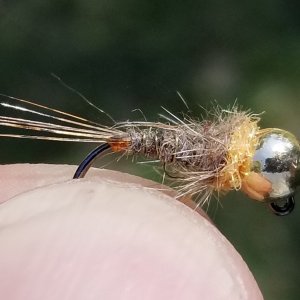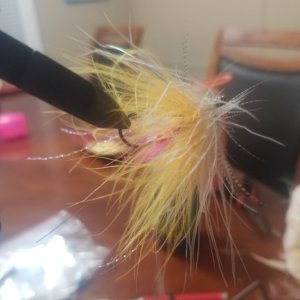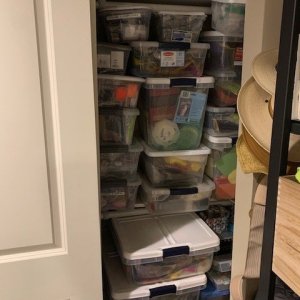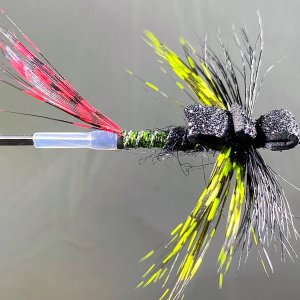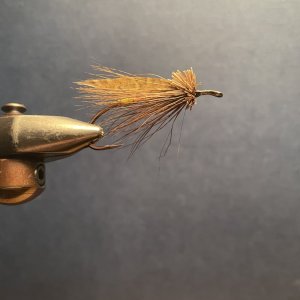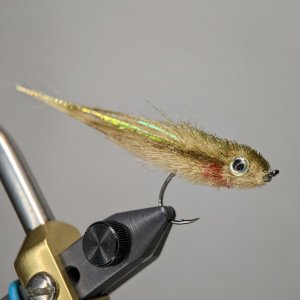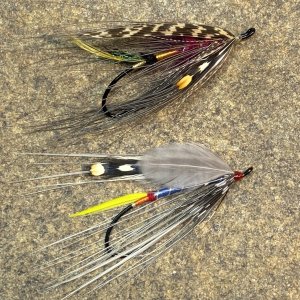You are using an out of date browser. It may not display this or other websites correctly.
You should upgrade or use an alternative browser.
You should upgrade or use an alternative browser.
orvis rod weight
- Thread starter Chris M
- Start date
If the weight figure has "ounces" or "oz" immediately after the number then it's going to be the mass weight of the finished rod. The "weight in hand" if you will. Which is different than the "weight" of the line that it is meant to cast (which I'm guessing is what you mean by the "taper").
Here's an example of a Sage rod marking, it shows the mass weight of 4 5/16 oz and it is a 7 weight rod.
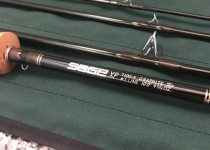
Do you have a photo of the labeling on the rod in question? That would help us to de-cipher it.
Here's an example of a Sage rod marking, it shows the mass weight of 4 5/16 oz and it is a 7 weight rod.

Do you have a photo of the labeling on the rod in question? That would help us to de-cipher it.
Weight of rod. Weight affects action and line choice. Start here:
http://classicflyrodforum.com/forum/viewtopic.php?t=7893
http://classicflyrodforum.com/forum/viewtopic.php?t=7893
Chris M
Steelhead
Thanks to all for responding. I to was surprised more did not. Tom I went to the link you provided and is cleared the water a lot for me. Looking at that and Greg Reynolds data base I believe the different weights are in fact different tapers though by small amounts .
My rod is not in the data base but it's number puts it in the 1980 production year. The 1980 Orvis catalog lists it as 3 1/2 oz. with a SL cork reel seat, medium action, and HDG (6) line. The rod is marked 3 1/2 oz. HDG (6). The rod does scale at 3.8 ounces which leads me to think that is the weight before reel seat like Granger and Wright McGill did. The opinion of many on the Classic fly rod forum is that the different weight rods ie; 3 1/2 oz, 3 5/8 oz, 3 7/8 oz and 4 oz rods do feel different with the 3 1/2 oz being slower than the 4 oz. Some rods call for different weight lines and some have different size ferrules. Again thank you all.
My rod is not in the data base but it's number puts it in the 1980 production year. The 1980 Orvis catalog lists it as 3 1/2 oz. with a SL cork reel seat, medium action, and HDG (6) line. The rod is marked 3 1/2 oz. HDG (6). The rod does scale at 3.8 ounces which leads me to think that is the weight before reel seat like Granger and Wright McGill did. The opinion of many on the Classic fly rod forum is that the different weight rods ie; 3 1/2 oz, 3 5/8 oz, 3 7/8 oz and 4 oz rods do feel different with the 3 1/2 oz being slower than the 4 oz. Some rods call for different weight lines and some have different size ferrules. Again thank you all.
Good on you for wading into this stuff and figuring it out. It is a slippery slope and the water at the bottom is deep.
Oops sorry Chris- I didn’t realize this was posted in the “bamboo and fiberglass” forum. My post above probably didn’t answer your question.
I don’t have any experience with bamboo and glass but it sounds like there is more to it than I realized. It looks like you got some good info though.
Anyway carry on guys!
Andy
I don’t have any experience with bamboo and glass but it sounds like there is more to it than I realized. It looks like you got some good info though.
Anyway carry on guys!
Andy
Great rod.If the weight figure has "ounces" or "oz" immediately after the number then it's going to be the mass weight of the finished rod. The "weight in hand" if you will. Which is different than the "weight" of the line that it is meant to cast (which I'm guessing is what you mean by the "taper").
Here's an example of a Sage rod marking, it shows the mass weight of 4 5/16 oz and it is a 7 weight rod.
View attachment 53621
Do you have a photo of the labeling on the rod in question? That would help us to de-cipher it.

